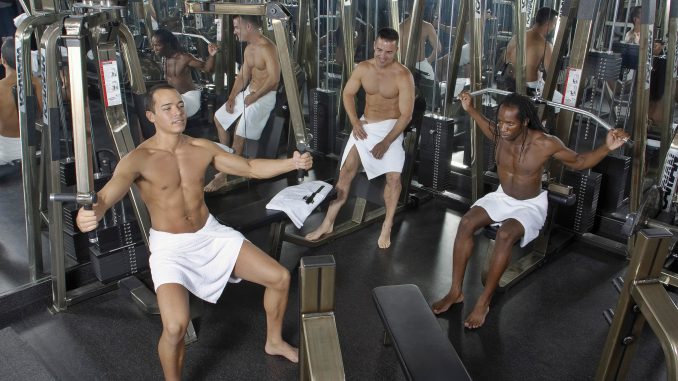
In interesting article by Stephen M. Engel & Timothy S. Lyle where they argue that gay bathhouses should be considered a community space.
In their essay entitled “Not Just Another Glory Hole: Reconsidering the Bathhouse as a Community Space”
Bathhouses that specifically catered to men interested in sex with other men were established by the 1920s, and for historian George Chauncey, they were a “starting point” for a distinct gay identity and subculture. By the mid-20th century, especially during World War II, when San Francisco and New York City were sites of soldier embarkation for the European and Pacific fronts, the baths were an important venue for enlisted men seeking safe same-sex sexual encounters.
The bathhouse took on even more symbolic value within the post-Stonewall era. Choosing non-normative and often communal sex while watched, and often affirmed, by other men, was a liberating experience. As historian Ira Tattleman recounts, “These spaces offered new social structures, pleasure practices and changing definitions. To make a sexual choice in front of others, who by their presence were involved contingently and applauded the ability to make these kinds of decisions, became an impetus for self-sufficiency, a redefinition of who the gay man is and what he can do. Sex between men (especially in safe environments) created opportunities for resistance, strategic positions from which to construct the ‘meaning’ of one’s existence.”
In short, public queer sex established a root of queer kinship.
To read more to go Not Just Another Glory Hole: Reconsidering the Bathhouse as a Community Space

Leave a Reply